EU shipping is temporarily suspended
£40.00
A beautifully produced guide to the Nimrud Ivories, one of the world’s most spectacular collections of ancient ivory, now largely lost as a result of conflict in the Middle East
See InsideOverview
Ivory is a wonderful material: tactile, beautiful, workable into many different forms and the strongest in the animal kingdom. Unfortunately for the elephant, it has been highly prized, by virtue of its rarity and the difficulty of acquiring it, from the Palaeolithic to the present day – indeed the Syrian elephant was hunted to extinction. However, it was during the early first millennium bc – the ‘Age of Ivory’ – that literally thousands of carved ivories found their way to the Assyrian capital city of Kalhu, or modern Nimrud, in northern Iraq. The majority were not made there, in the heart of ancient Assyria, but arrived as gift, tribute or booty gathered by the Assyrian kings from the small neighbouring states of the ancient Middle Eastern world, with the ivory itself probably sourced from the African elephant.
The ivories were first discovered in the mid-nineteenth century by renowned Victorian traveller and adventurer Austen Henry Layard, but it was not until the mid-twentieth century that the extent of the treasure was realized by Max Mallowan, the husband of Agatha Christie. Thousands of extraordinary ivories have since been unearthed from the ruins of the ancient city’s extravagant palaces, temples and forts. In recent years, however, many have been destroyed or remain at risk following the invasion of Iraq and the sacking of the Iraq Museum, as well as in the ongoing conflict and destruction of cultural heritage in the region. As a result, the ivories preserved in these pages form a unique and unparalleled record of the otherwise lost art of the Middle East.
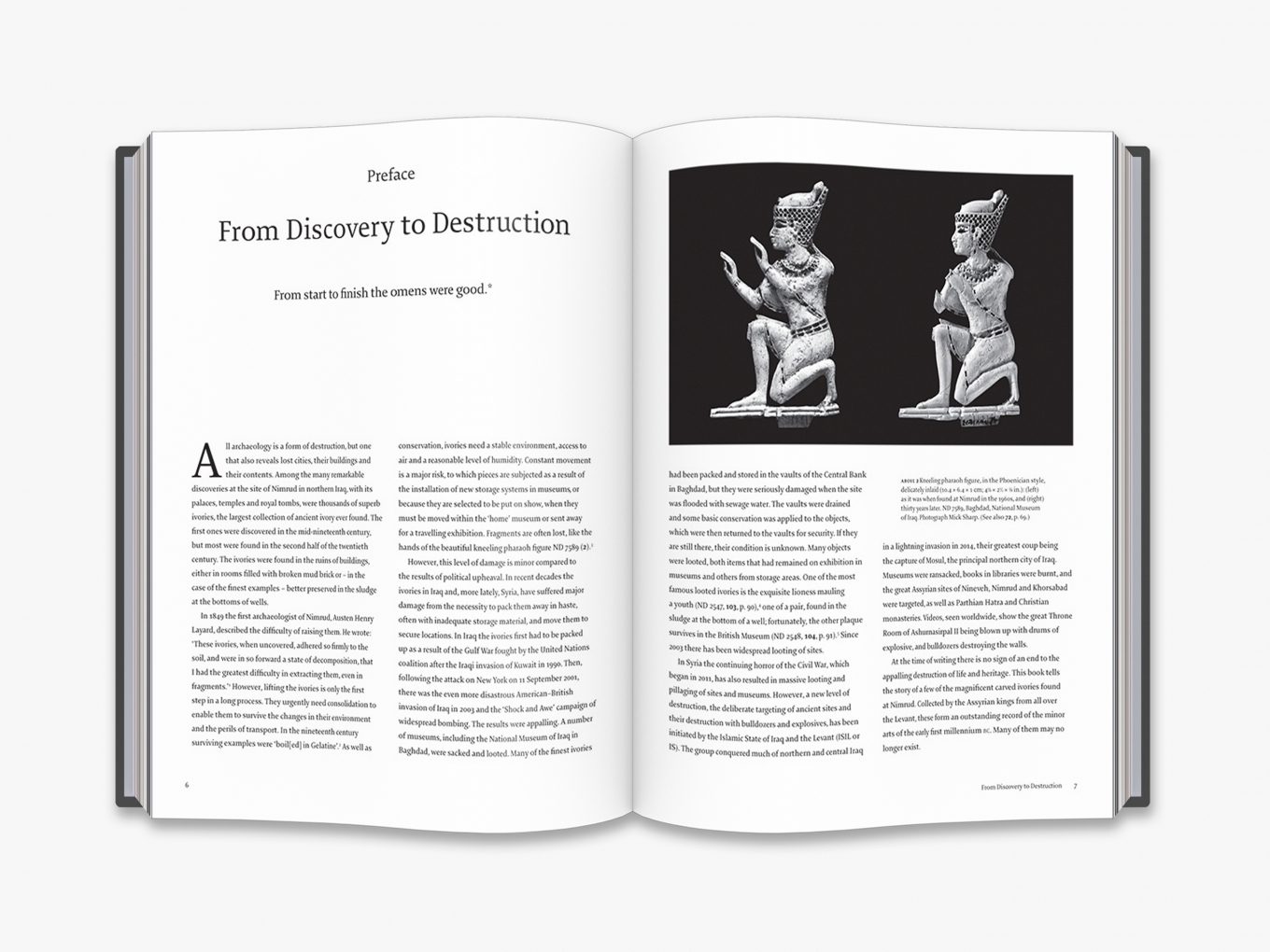
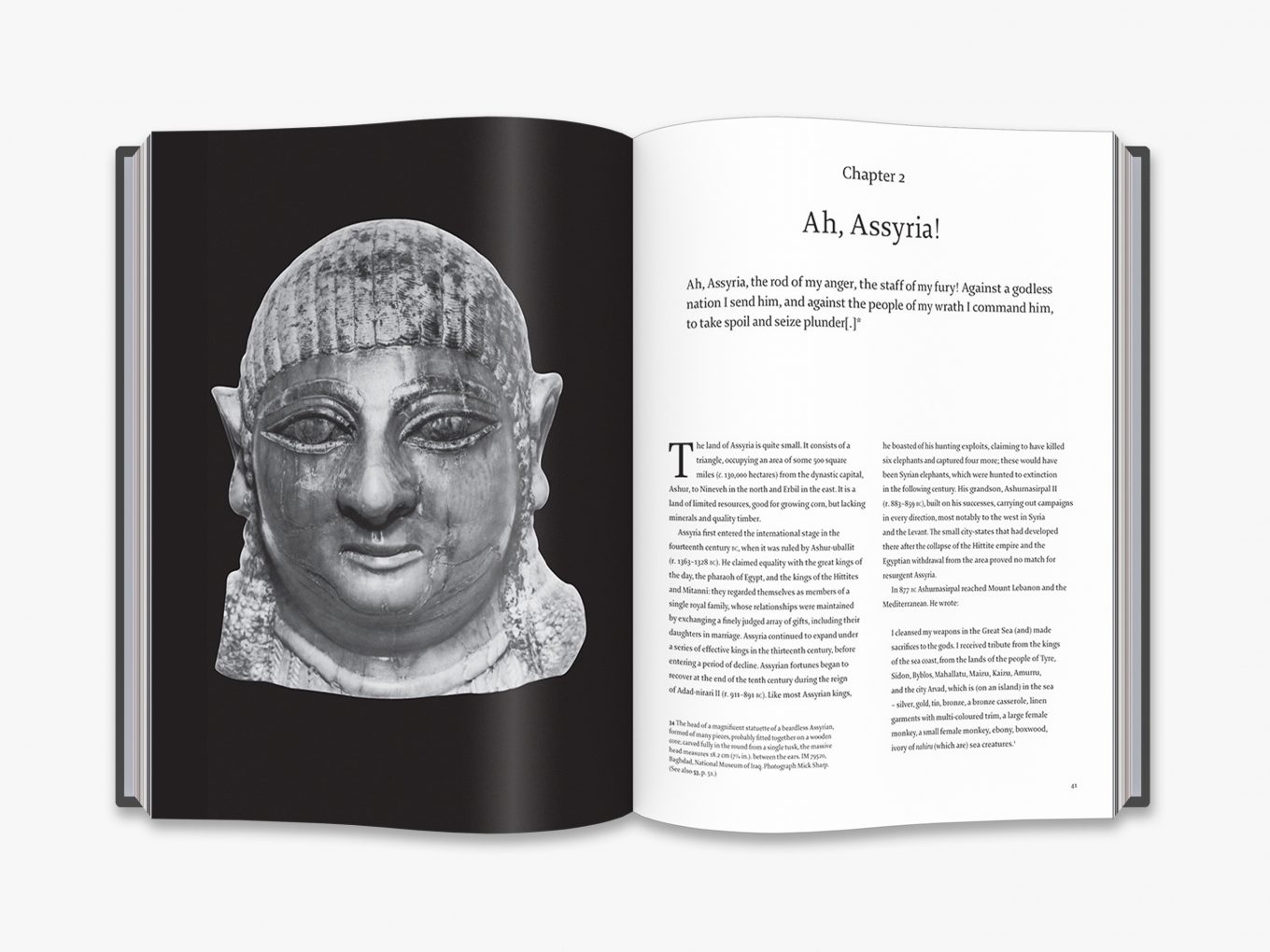
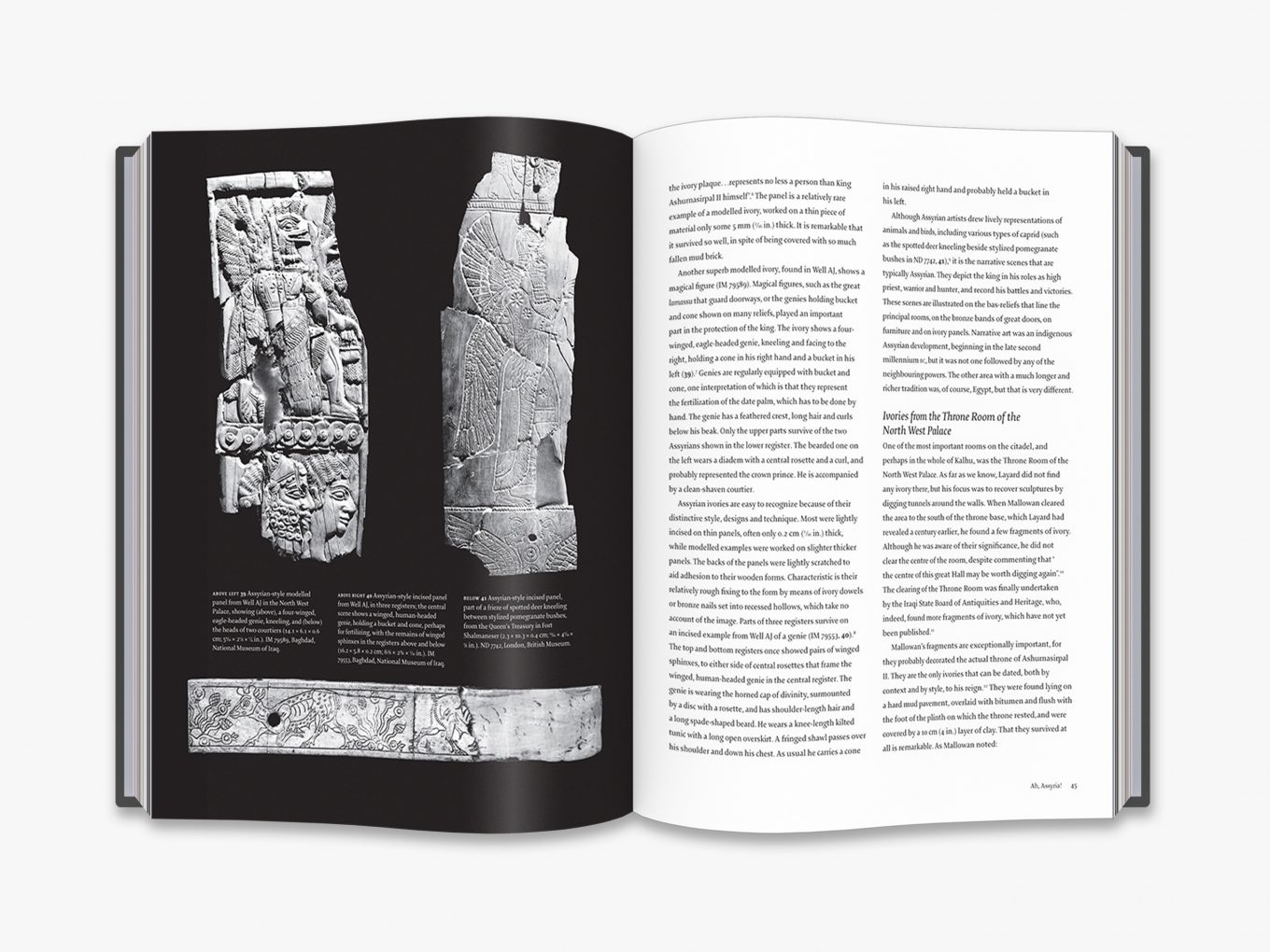
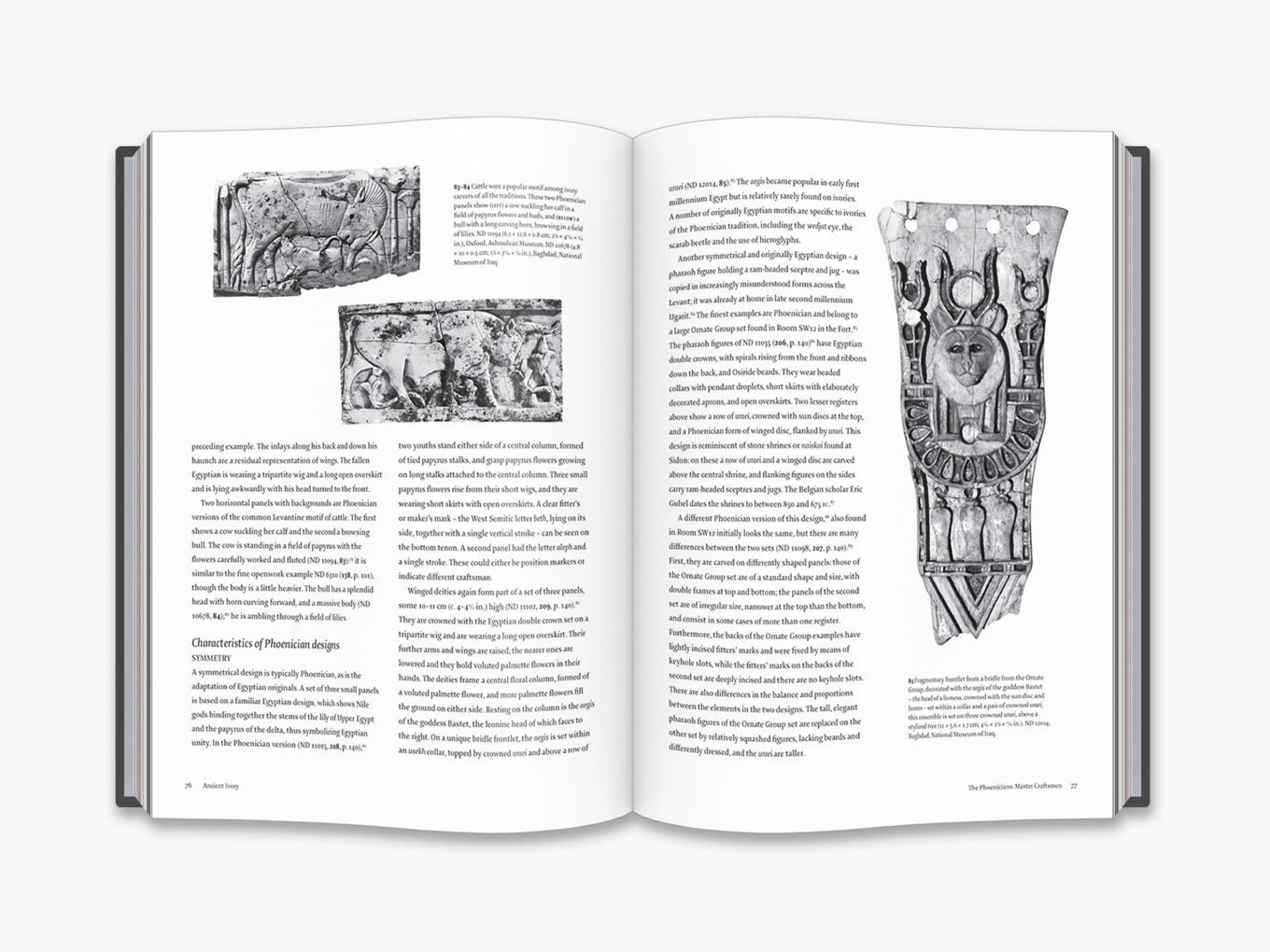
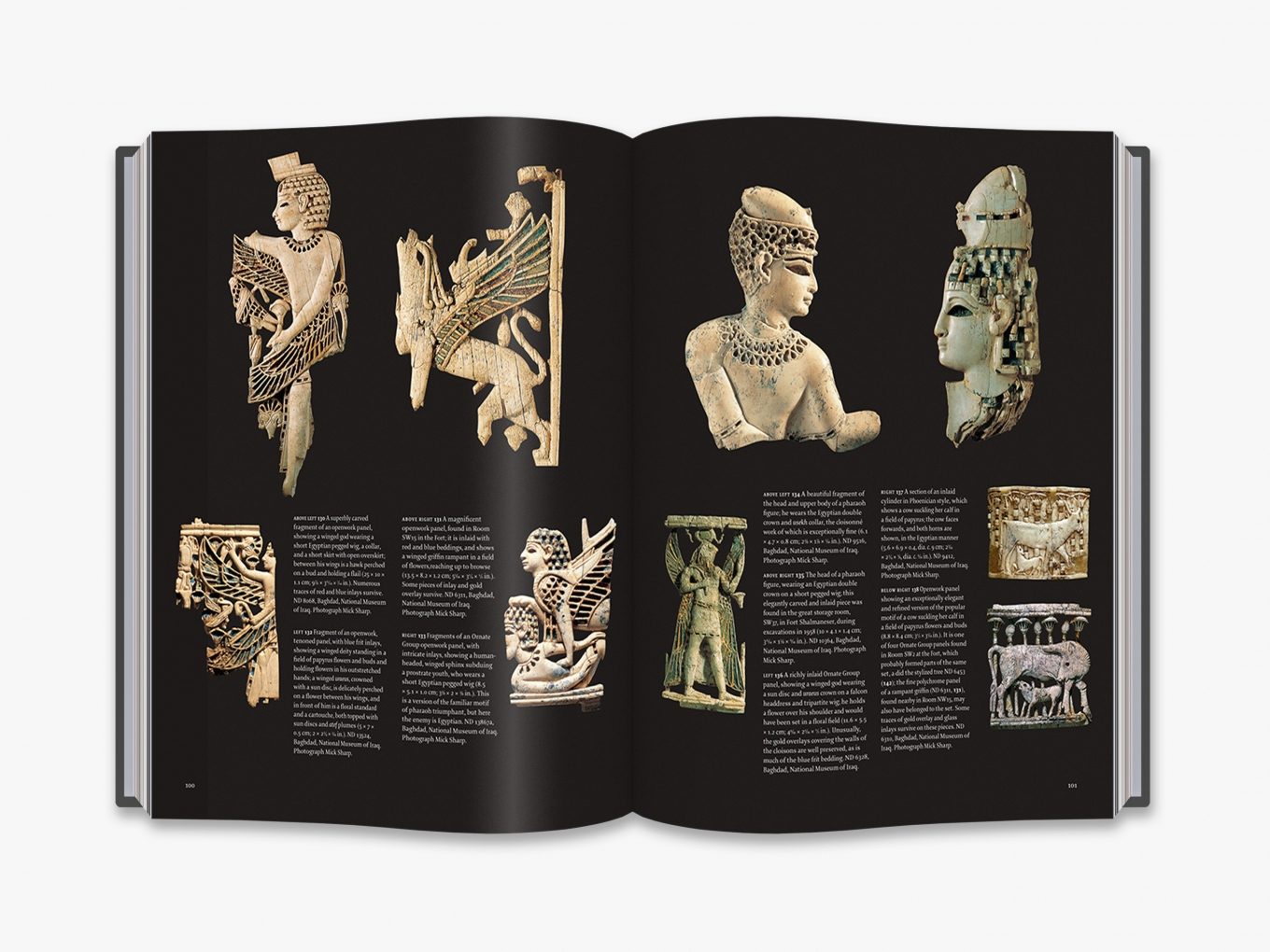
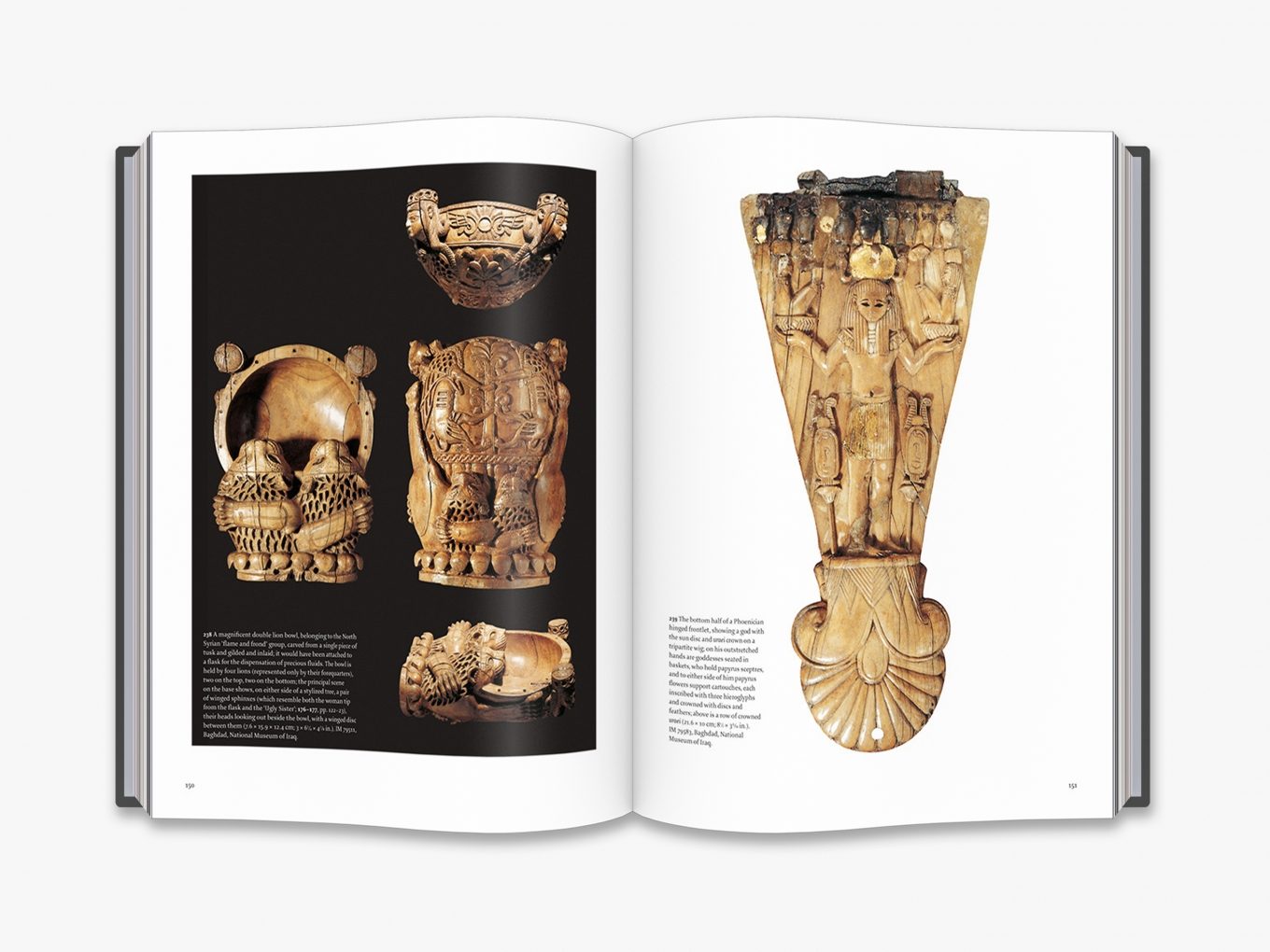
Reviews
'A beautifully illustrated, authoritative account … an essential work of reference not just for those concerned with the ancient Near East but for everybody interested in ancient ivories'
John Curtis, President of the British Institute for the Study of Iraq and former Keeper of the Department of the Middle East at the British Museum
'Masterly … Intimately familiar with the spectacular finds from the Assyrian capital of Nimrud, Georgina Herrmann brings to life the story of Near Eastern ivory carving'
Dirk Wicke, Chair of the Institute of Archaeological Sciences, Goethe Universität
'Beautiful … It should certainly belong in the collection of anyone with an interest in ivories and the ancient art of the Assyrian Empire'
The Prehistoric Society
Product Information
Book Details
Format: Hardback
Size: 28.0 x 21.8 cm
Extent: 208 pp
Illustrations: 250
Publication date: 20 July 2017
ISBN: 9780500051917
About the Author
Georgina Herrmann is Honorary Professor and Emeritus Reader in Near Eastern Studies at University College London, specializing in the ivories from the Assyrian capital Nimrud. For a decade she directed the archaeological excavations at Merv, Turkmenistan, a series of medieval settlements on the Silk Road, now a UNESCO World Heritage Site.
